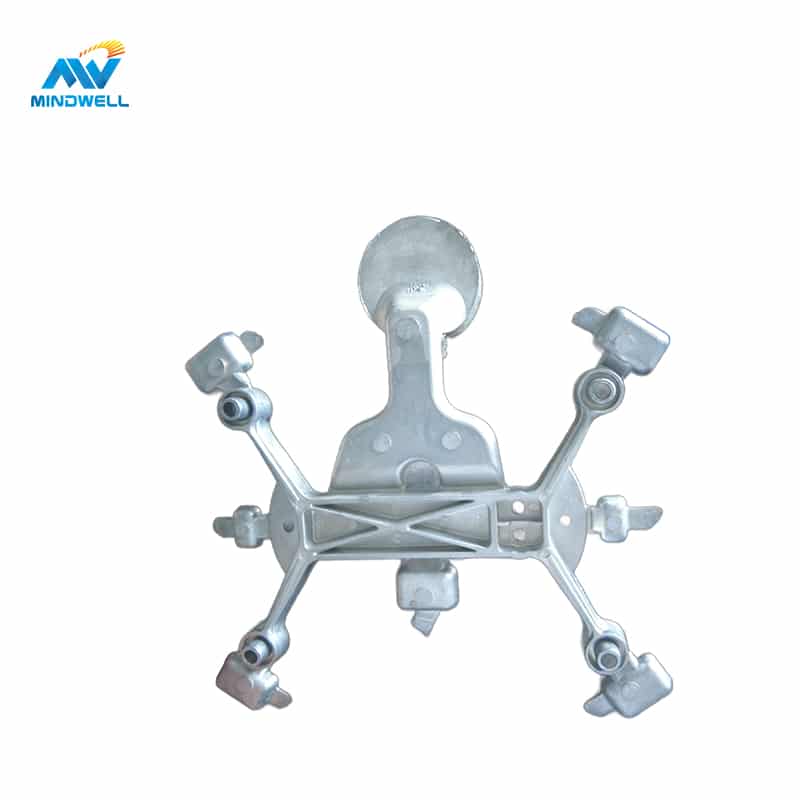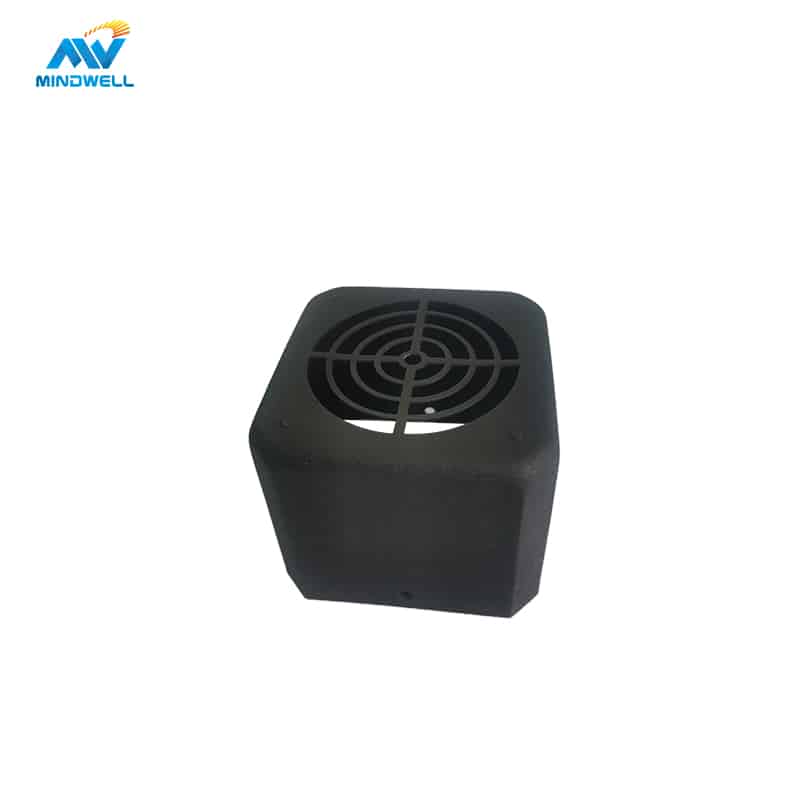As an important technology in the modern manufacturing industry, die-casting technology has an irreplaceable position in the manufacture of precision parts. Die casting is a manufacturing technique used to create metal parts. This technology is used to inject molten metal into a metal mold, and then rapidly cool and form it under high pressure (usually hundreds to thousands of tons of pressure), which can achieve high-precision and high-efficiency parts manufacturing, and provides various industries with Excellent solutions.

Pressure Die Casting
Die casting refers to the method of filling the cavity with liquid or semi-solid metal at high speed (0.5–50 m/s) under the action of high pressure (40–80 MPa), and solidifying under high pressure to obtain castings. The die-casting method originated in 1838. G. Bruce first used the die-casting method to cast lead characters on the original die-casting machine invented by Bruce Company in the United States. With the continuous development of die-casting technology, the current die-casting technology also includes: vacuum die-casting, oxygenation, and Die casting, precision die casting, semi-solid die casting, and so on
Characteristics of pressure casting
High speed, high pressure, and metal mold are the main characteristics of die casting production, which greatly improves the filling capacity of liquid metal, and can cast thin-walled castings with complex shapes, and can directly cast small medium lines, holes, teeth, grooves and text, etc., the dimensional accuracy and surface quality of castings are relatively high, and the machining accuracy generally reaches 1T11~IT13. The utilization rate is high, and its application in the die-casting production of zinc, aluminum and magnesium alloys has a growing trend.
Because liquid metal crystallizes under high pressure, the castings have a denser texture and a tighter surface, so the strength and surface hardness of the castings are higher, and the tensile strength is 25% to 30% higher than that of sand castings. The molding speed is fast, and the gas in the cavity is difficult to discharge, and small holes full of commercial pressure gas are often formed under the surface of the casting. Therefore, in general, die castings cannot be heat treated or machined to avoid the appearance of the casting surface. Vent.
Classification of pressure casting
Die casting can be technically divided into special die casting and ordinary die casting. Special die-casting includes vacuum die-casting, oxygen-charged die-casting, squeeze die-casting, semi-solid die-casting, etc. Divided from the use platform, it includes two types of hot chamber die casting and cold chamber die casting.
- Hot chamber die-casting: The pressure chamber of the hot chamber die-casting machine is directly immersed in the high-temperature molten metal, while the injection punch is suspended above the crucible that holds the pressure chamber. The die-casting machine does not need to re-supply molten metal to the injection chamber after each working cycle. The hot chamber die-casting machine has the advantages of high machine utilization rate, small temperature fluctuation, less residual material, and easy production; and because the pressure chamber is immersed in the molten metal, the molten metal entering the cavity contains less air and oxide impurities. The manifold of the liquid metal is also good, and the quality of the casting is better, which is very suitable for the production of thin-walled parts. However, since the press chamber and the punch are often exposed to high-temperature molten metal, the service life of the die-casting machine is limited, so it is mostly used in the production of alloys with lower melting points, such as zinc and magnesium.
- Cold chamber die-casting: The injection chamber of the cold chamber die-casting machine is not in direct contact with the molten metal before pouring. During die-casting, the molten metal is first taken out of the holding furnace by an automatic quantitative scooping machine, and passed through the feed The mouth is poured into the injection sleeve, and then die-cast, so the casting cycle is longer than that of the hot chamber die-casting machine. The characteristics of the cold chamber die-casting machine are: high injection pressure, fast injection speed, can be used to produce thin-walled castings, can also be used to produce thick-walled castings, and has a wide range of applications; the die-casting machine can be 800T and above; replace The type of alloy and the consumable parts in the die casting machine are convenient. Cold chamber die casting can be divided into two types: vertical type and horizontal type, both of which can be used for die casting non-ferrous alloys.
Why die casting can produce the smallest parts
The die-casting parts have high dimensional accuracy and high surface quality. Can die cast complex, thin-walled parts. Die castings can have complex part shapes; suitable for magnesium and aluminum alloys, the mechanical properties of die castings are higher and the wall thickness of parts can be smaller; the minimum wall thickness of aluminum alloy die castings is 0.5mm, and the minimum wall thickness of zinc alloy die castings. The thickness can reach 0.3mm; the production efficiency is high, and the production process can be easily mechanized and automated.
Precision Pressure Die Casting Parts
Die casting makes it possible to cast very small, precision parts because the mold is usually made up of two halves that allow material to be injected where needed to create complex shapes. Die casting can also use a variety of metal and alloy materials and key die casting process controls.
- conceção do molde
In the die casting process, mold design is a crucial part. Excellent mold design can ensure the product’s dimensional accuracy, surface quality, and structural stability. Designers need to consider many factors, such as material flow, cooling effects, mold structure, etc., to ensure that the mold can accurately replicate the prototype and achieve the best performance during the part forming process.
- Key process control of precision molding
The precision molding of the die casting process is inseparable from strict process control. Parameters such as temperature, pressure, and flow rate of the molten metal need to be adjusted on the basis of precise control to ensure the accuracy and consistency of the part’s forming. Process control affects not only the size and shape of the product but also the properties and internal structure of the material, which has a profound impact on the quality of the final product.
- material selection
In the die casting process, the choice of material is critical to the performance and purpose of the part. Different materials have different strength, corrosion resistance, and thermal conductivity properties, that are suitable for applications in different fields. Common materials such as aluminum alloy and zinc alloy have attracted widespread attention due to their lightness and strength, and can meet the manufacturing needs of various products.
Application of Die Casting Technology in Modern Industry
Due to the precise size, smooth surface, good interchangeability, and low cost of the manufactured parts, die casting is widely used and has become one of the most important processes in modern industrial production. The die-casting process is not only widely used in traditional fields such as automobiles, electronics, and aviation but also plays an increasingly important role in emerging industries. Whether it is the manufacture of precision parts or the improvement of product performance, the die-casting process has brought manufacturing miracles to all walks of life with its high efficiency and high precision characteristics, and has promoted the continuous development and progress of modern industry.






